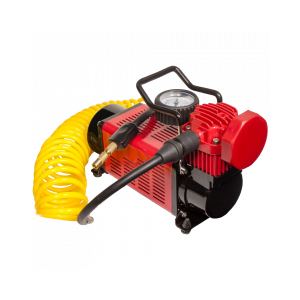rear crankshaft main bearing seal
Understanding the Rear Crankshaft Main Bearing Seal
The rear crankshaft main bearing seal is a crucial component of an internal combustion engine, serving as a barrier to prevent engine oil leakage from the rear of the crankshaft. This seal is an often overlooked yet vital part that plays a significant role in maintaining engine performance, efficiency, and longevity.
Function of the Rear Crankshaft Main Bearing Seal
The primary purpose of the rear crankshaft main bearing seal is to prevent oil from leaking out of the engine. The crankshaft is a rotating component that translates the linear motion of the pistons into rotational movement, allowing the vehicle to operate. During this process, the crankshaft is surrounded by oil, which lubricates its movement and helps to reduce friction between the moving parts. Without a proper seal, oil would escape, leading to potential engine damage and loss of lubrication.
Additionally, the rear crankshaft seal helps to keep harmful contaminants, such as dirt and debris, from entering the engine. This dual protective role is critical in prolonging the life of the engine and ensuring that it operates at optimal performance levels.
Types of Rear Crankshaft Seals
There are several types of rear crankshaft main bearing seals, the most common being the lip seal and the block seal
.1. Lip Seal This is the most widely used type of rear crankshaft seal. It consists of a flexible rubber or elastomeric lip that makes contact with the crankshaft. The design allows for some flexibility, accommodating slight movements of the crankshaft while preventing oil leaks.
2. Block Seal This type of seal is usually made of rigid materials and is less common than the lip seal. It is designed to fit firmly within the engine block, providing a robust barrier against oil loss.
rear crankshaft main bearing seal

The selection of the appropriate seal depends on the specific application, engine design, and operating conditions.
Signs of Rear Crankshaft Seal Failure
Over time, the rear crankshaft main bearing seal may wear out or become damaged, leading to oil leaks. Here are some common signs of seal failure
- Oil Spots If you notice oil puddles or spots under your vehicle, it could indicate a leaking rear crankshaft seal. - Engine Performance Issues A decrease in engine performance or efficiency can occur if the engine oil level drops significantly due to leakage. This can lead to increased friction and heat, causing further damage. - Oil Consumption If your vehicle is consuming more oil than usual, it may be a sign that the rear crankshaft seal is failing. - Visual Inspection A thorough inspection may reveal oil residue around the rear of the engine, indicating a seal leak.
Importance of Timely Replacement
Replacing a worn or damaged rear crankshaft main bearing seal is crucial. Ignoring the issue can lead to more severe problems, including significant engine damage or complete engine failure. The replacement process typically involves removing the transmission and possibly the crankshaft, making it essential to address any seal leaks as soon as they are identified.
Conclusion
In summary, the rear crankshaft main bearing seal is a key component that significantly impacts engine performance and longevity. Regular maintenance and timely replacement of this seal can prevent costly repairs and help ensure the reliability of your vehicle. Understanding its importance can lead to better care for your engine, ultimately enhancing performance and extending its life.
-
Simplifying Oil Changes: A Comprehensive Guide to Oil Drain Plugs and Their Variants
News Aug.04,2025
-
Mastering Oil Drain Maintenance: Solutions for Stripped, Worn, and Upgraded Oil Plugs
News Aug.04,2025
-
Fixing Oil Pan Plug Issues: Leaks, Stripped Nuts, and the Right Replacement Solutions
News Aug.04,2025
-
Everything You Need to Know About Oil Drain Plugs: Sizes, Fixes, and Upgrades
News Aug.04,2025
-
Choosing the Right Oil Drain Plug: A Guide to Sizes, Materials, and Drain Innovations
News Aug.04,2025
-
A Complete Guide to Automotive Drain Plugs: Types, Problems, and Innovative Solutions
News Aug.04,2025
-
The Ultimate Guide to Car Repair Kits: Tools and Essentials Every Driver Should Own
News Aug.01,2025
Products categories















